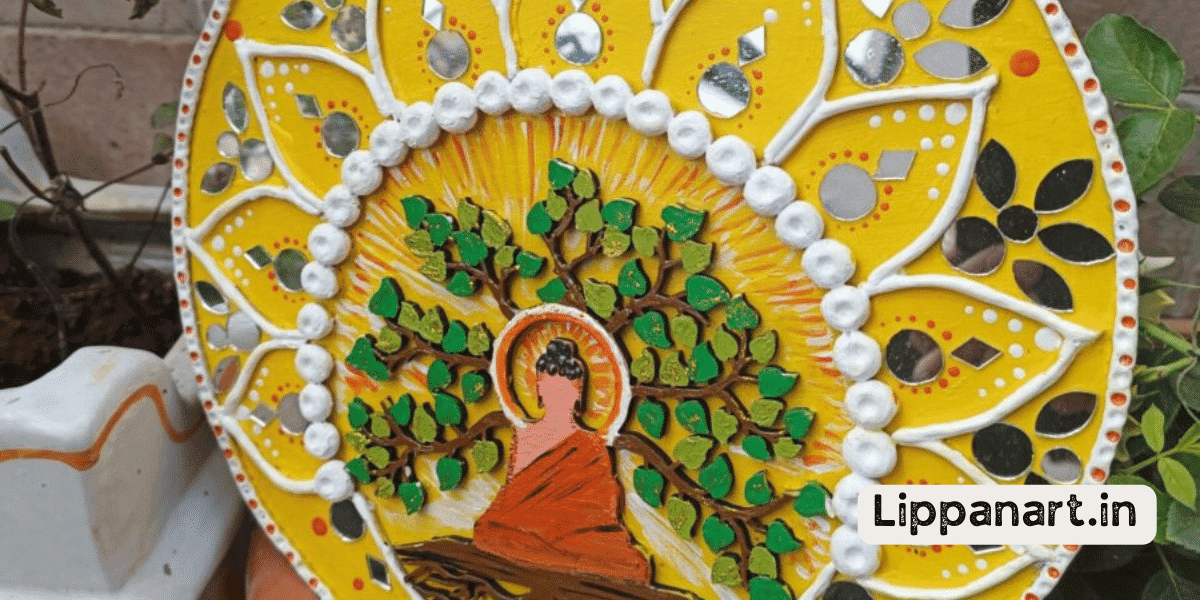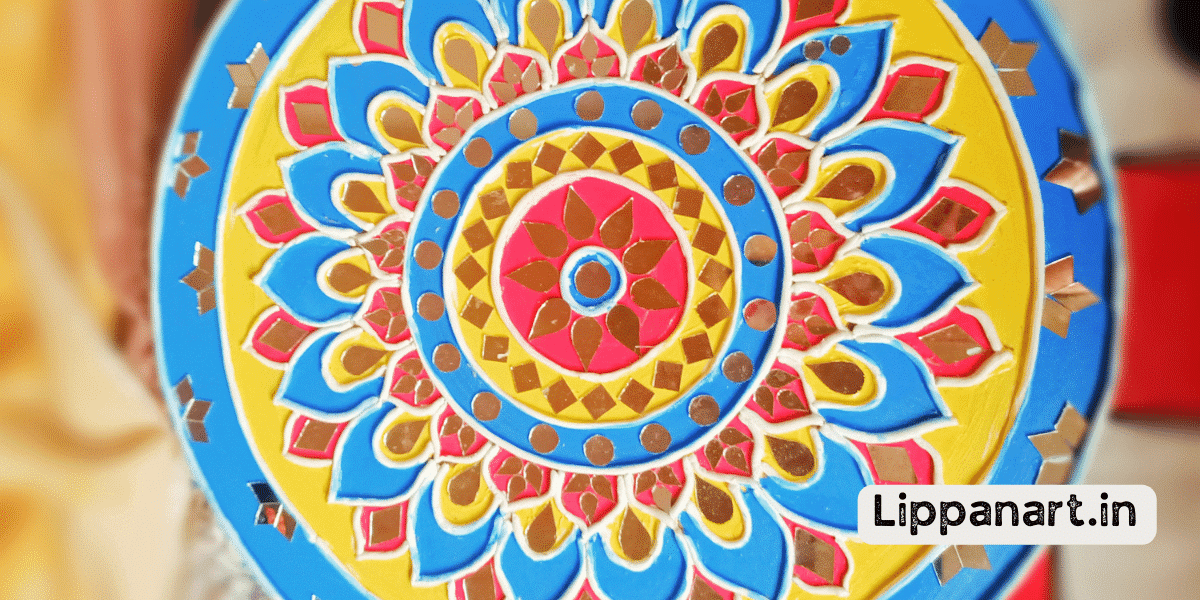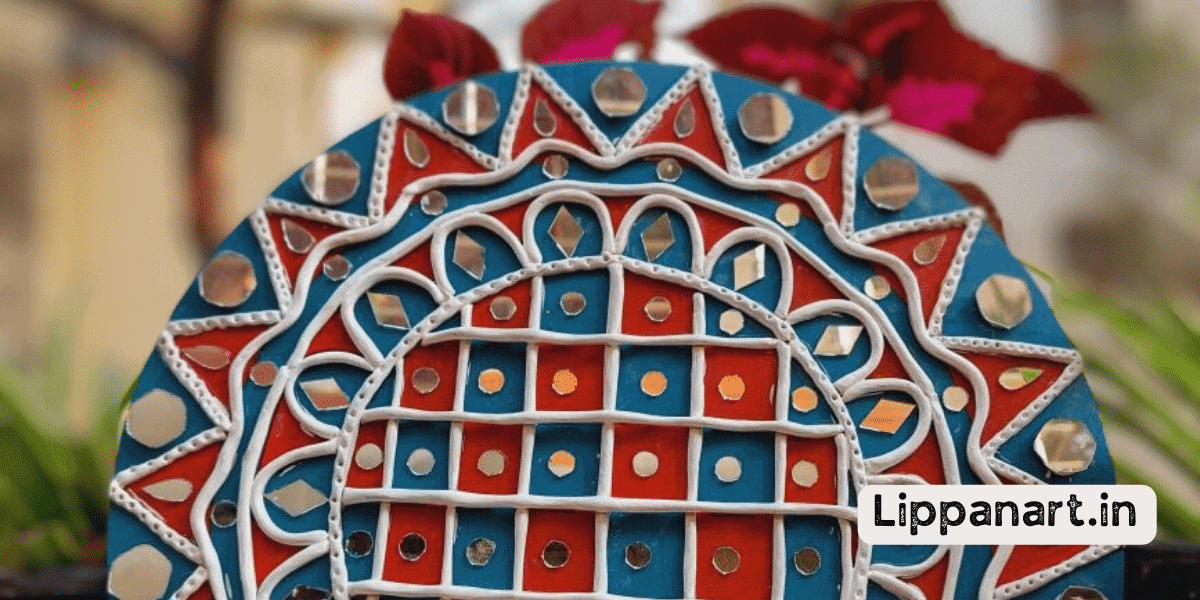Do you ever find yourself questioning the line between art and not art? What makes something art? Is the decision of what is considered art subjective or objective?
Is creativity and interpretation really necessary for something to be called art? Delve into these questions and more as you explore the boundaries of art and the role of perception in this fascinating topic.
Get ready to be surprised, inspired, and challenged as you discover where the line between art and not art truly lies.
The Definition of Art
Communication, creativity, aesthetic expression, and immeasurable value define art. However, it’s more complex than just pointing at an object and declaring it art. Art is an incredibly diverse field, encompassing many different forms of expression and skill. Art has been used across various mediums, such as painting, photography, sculpture, and film, to document reality, evoke imagination, and elicit emotions.
Museums and galleries are full of pieces of art that have been carefully crafted to appeal to our senses and emotions. However, although art can be a powerful communication form, it differs from a functional object or a commercial product. To be considered art, the artist must have intended to create a piece. The distinction between art and a simple object lies in the artist’s intention.
Innovation is the key to creating something meaningful, so challenge yourself to push the boundaries of what is considered art.
What Makes Something Art
Deciding what is and isn’t art is a collective process involving artists, critics, curators, and viewers. The determination of art is a complex process that requires an understanding of the artist’s intent, the artwork’s context, and the viewers’ reactions. It involves considering different art movements, types of lines, elements of art, and definitions of art. From the Renaissance genius of Leonardo da Vinci to today’s contemporary art, the lines between art and not art are blurred.
| Art Movement | Types of Lines | Elements of Art |
|---|---|---|
| Renaissance | Horizons | Colour |
| Impressionism | Geometric | Texture |
| Cubism | Contours | Space |
| Surrealism | Curves | Form |
| Abstract | Zig-Zags | Value |
The definition of art is subjective and can be difficult to define. At its core, art is an expression of one’s creativity, emotions, and imagination. Art can be a reflection of reality, a way to explore the unknown or a way to communicate an idea. Artists use a variety of tools, techniques, and materials to create their artwork, which is often open to interpretation.
Art is a way to express, provoke, and share experiences. It is a powerful way to engage, challenge, and inspire people. Art has the power to make us think, to move us, and to connect us to one another. This simple thing has the power to bring us immense happiness, solace and inspiration that propels us to move forward in life.
The Boundaries of Art
Exploring the boundaries of art can be a complex and fascinating journey. When distinguishing art from non-art, it can be tricky to draw the line. Art is considered a creative expression, and it is often unique and subjective.
The boundaries of art are fluid, and the experience of viewing a piece can often be subjective. The best way to determine art and not art is to consider the artist’s intent. If the artist deliberately designed the piece to evoke emotions and stimulate the imagination, it is likely to be considered art.
However, it is important to remember that art is not just about aesthetics but also about conveying a message or communicating an idea. Art is often an expression of the artist’s inner world and can be used to explore and experiment with the boundaries of creativity.
Art can also be an opportunity to express bold ideas, challenge traditional values, and push the boundaries of design. The line between art and non-art can be difficult to define, but it is a journey worth taking.
The Subjectivity of Art
Determining what is art and what is not can be a subjective process. It is difficult to draw the line between these two categories because art is a human experience that is constantly evolving.
Movement, implied lines, artistic expression, and aesthetic experience all contribute to the subjectivity of art. There are four ways to approach this subject:
- Movement: Movement in art is essential to create a sense of energy and motion. Implied lines are an important element of movement, as they can create a connection between two points and imply a sense of movement.
- Implied Lines: Implied lines are invisible paths that can be created by the arrangement of objects in a piece of artwork. These lines can create a sense of movement and suggest a relationship between different elements.
- Artistic Expression: Artistic expression can express ideas, feelings, and emotions. It can also be used to create a unique visual experience that engages the emotions of the viewer.
- Human Experience: Art can explore the human experience and help us understand our relationship with the world around us. Aesthetic experience can also be enhanced through art, as it can evoke emotions and reactions that are unique to each individual.
Ultimately, the line between art and not art is subjective and requires consideration of all of these elements. Artistic expression, movement, implied lines, and aesthetic experience all contribute to the subjectivity of art.
The Role of Perception
Perception plays an important role in defining what is considered art and what is not. An individual’s perception of a work of art is based on their life experiences, values, and beliefs.
Horizontal, curved, organic, vertical, and geometric lines are all elements that can be used to create art. Our perceptions of these lines will shape our understanding of the artwork and influence our opinion of what constitutes art.
An artist may use horizontal lines to create a sense of balance and symmetry, while curved lines can evoke a sense of movement. Organic lines can be used to represent natural forms, while vertical lines can create a sense of stability. Geometric lines can be used to represent shapes and patterns. These lines can be used to create art, but our perception of them can differ drastically.
Our perception of art is constantly shifting and evolving. We can look at a work of art with fresh eyes and interpretation, but ultimately, our perception of what art is and isn’t is deeply personal.
The perception of art is often subjective, but it can also be a powerful tool for understanding our connection with the world and the art around us.
The Impact of Popular Culture
Popular culture significantly influences how we define art, affecting our perceptions and opinions of what constitutes art and what doesn’t. From the Renaissance period to the early 20th century, various artistic movements have influenced our ideas of what art is.
For example, during the Art Nouveau period, art pottery was highly popular and viewed as a form of art. On the other hand, a piece of furniture could be seen as a functional object rather than a work of art. The design influences of the past have helped shape our idea of what art is today.
The impact of popular culture on art can be seen in the works of today’s artists. Whether it’s a painting, sculpture, or photography, the influence of popular culture is evident in the artist’s work. We see this influence in how art is displayed, how it is interpreted, and how the public receives it.
The Influence of Context
The way in which a piece of art is perceived can heavily impact its reception and value. In the 21st century, art is often viewed through a multitude of lenses — from the lens of artificial intelligence to the lens of public discourse. For example, a piece of paper with a few cross-contour lines can be viewed as a work of art or simply a piece of paper with a few lines. It really all depends on the context in which it is viewed.
Contextual understanding of art is important as it can shape how we view and interpret a particular work. It can, for example, influence what emotions we experience when looking at a certain piece. It can also determine if a work is perceived as art or not.
Moreover, context can also affect how a work of art is evaluated and judged. It can influence how it is classified and whether or not it is seen as innovative or groundbreaking. It can also determine how a work is received by the public and whether or not it is accepted or rejected.
Ultimately, context can be a powerful tool in determining the success or failure of a work. It can shape how a work is seen, experienced, and evaluated. It can also be a deciding factor in the acceptance or rejection of a work.
Thus, understanding the context in which art is viewed is crucial in understanding and appreciating the artwork.
The Value of Creativity
Creativity is an essential asset in art as it brings a unique perspective to the work. It can be seen in the actual lines used in the work, the visual form created, and the level of skill required to produce the piece. Creativity is the difference between straight and curved lines between a painting and a pottery project.
Here are four ways creativity is used in art:
- Visualizing ideas: Artists use creativity to visualize and bring ideas to life.
- Experimentation: Artists often use different techniques and materials to create something unique.
- Exploration: Artists explore different mediums, styles, and techniques to express their ideas.
- Expression: Creativity allows artists to express themselves in meaningful and powerful ways.
Creativity is a critical component of art and can open up new possibilities for the work. It helps to bring a level of innovation and complexity that can capture the viewer’s imagination. Creativity is what makes art unique and appealing, and it’s what sets it apart from other forms of expression. With creativity, art would be more exciting and exciting.
- Editor’s Choice
- Best Seller
- Amazon Choice
The Value of Interpretation
Interpreting art is an important part of understanding it, as each person can find meaning in a piece. Each creation can be interpreted differently, from the diagonal lines of a modern painting to the traditional art forms of a one-person pottery studio. Whether in terms of art or the symbolism in a sculpture, viewers often come away with their own meaning.
Visiting an art museum provides a unique opportunity to experience a diverse range of perspectives and interpretations.
The interpretation of art often results from a personal connection between the artwork and the viewer. We may find a connection in the artwork’s colours, patterns, or shapes or be moved by the emotions it evokes. This connection can be deeply personal, and this interpretation gives art its value and meaning.
Innovation often comes from the interpretation of art. With new ways of seeing, artistic movements can become active. By encouraging viewers to explore their interpretations, we open up the dialogue for new ideas and perspectives. This openness to interpretation can inspire new ways of creating and viewing art.
Interpretation has always been an important part of understanding art. It gives us the chance to explore, connect, and innovate. By allowing ourselves to find our interpretations of a work of art, we can open up a world of possibilities.
The Intersection of Art and Life
Exploring the intersection of art and life can reveal powerful insights into our experiences. Art can be found everywhere, from the Gothic cathedrals of Oxford to the Smithsonian American Art Museum. It takes many forms and serves as a reflection of our life experiences and a means of self-expression. Here are four ways that art and life intersect:
- Artistic Skills: Artistic skills are developed and honed through practice and experience. They provide a form of self-expression and allow us to create works of art that capture our stories and emotions.
- Non-Artistic Skills: Art is also a way to develop and strengthen non-artistic skills, such as problem-solving, creativity, and communication.
- Reflection: Art can serve as a means to reflect on and understand our life experiences. It can be therapeutic, helping us process emotions and better understand ourselves.
- Expression: Art is a powerful tool for expressing our feelings and ideas. It allows us to share our stories and make connections with others.
At its core, art is a powerful tool for understanding ourselves and the world around us. It helps us express ourselves and find meaning in our lives.
Frequently Asked Questions
What Is the Difference Between High Art and Low Art?
High art is usually associated with creativity, expression, and aesthetic appeal, while low art typically has more practical value. It’s up to the viewer to decide what they consider high or low art, as everyone has their interpretation.
How Do I Recognize Art When I See It?
Recognizing art is an individual experience. Creativity and uniqueness should stand out. Look for expression, beauty, and emotion. Embrace the unexpected and challenge your perceptions. Art can appear in the most mundane of places. Dare to discover what lies beneath the surface.
What Is the Purpose of Art?
The purpose of art is to express creativity, stimulate emotion, and communicate ideas. Art is a powerful tool to explore, discover, and reflect on the world around us. It is an invitation to explore and experience something new.
How Can I Use Art to Express Myself?
You can express yourself through art by creating something that communicates your thoughts, feelings, and emotions. Let your creativity guide you as you explore different mediums to find the best way to communicate your message.
Is There a Single Definition of Art?
No, there isn’t a single definition of art. It’s a collective process, with each of us bringing our perspective to shape its meaning. Art is creative expression, emotion, and communication, and it’s up to us to decide what we consider art.
Conclusion
When it comes to art, there needs to be a clear-cut answer as to what separates it from not art. It’s a blurry line, but the collective process of the artist’s intention, critics analyzing, curators displaying, and viewers reacting plays an important role in helping to define what is and isn’t art.
Creativity, interpretation, and context help shape our perception of what art is, and it’s up to us to decide if something is art or not. Art is in the eye of the beholder, so don’t be afraid to colour outside the lines and be true to yourself.














